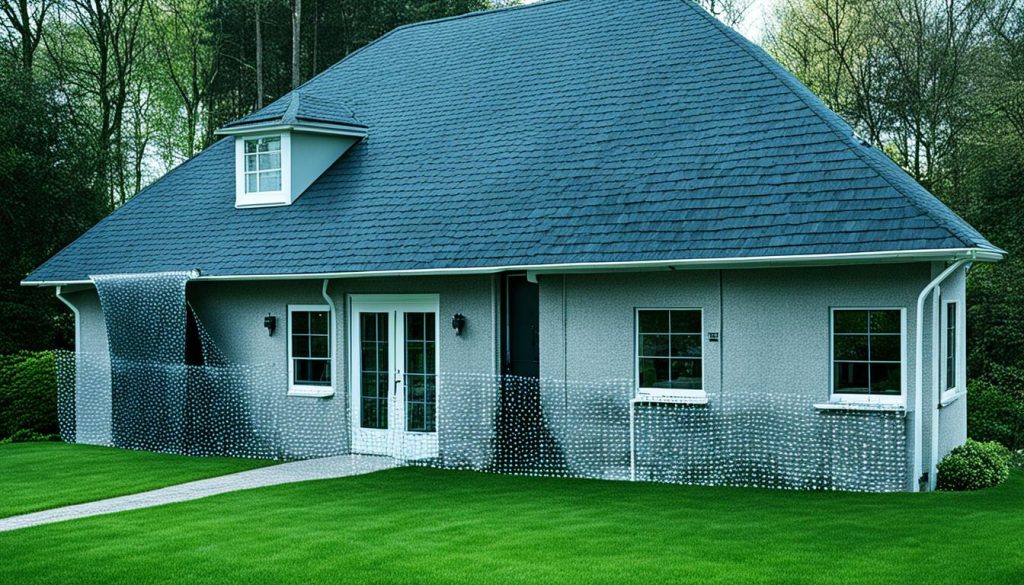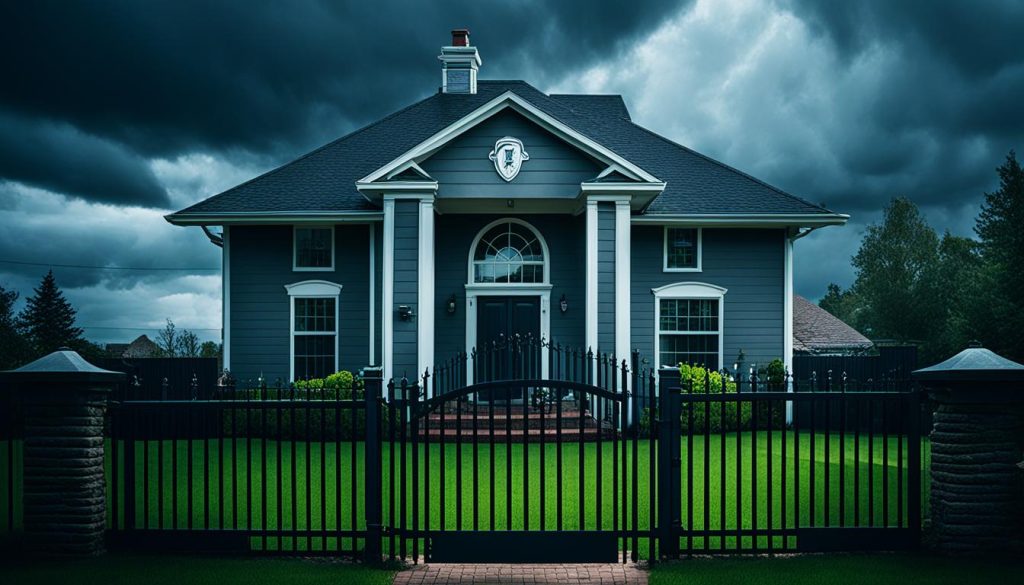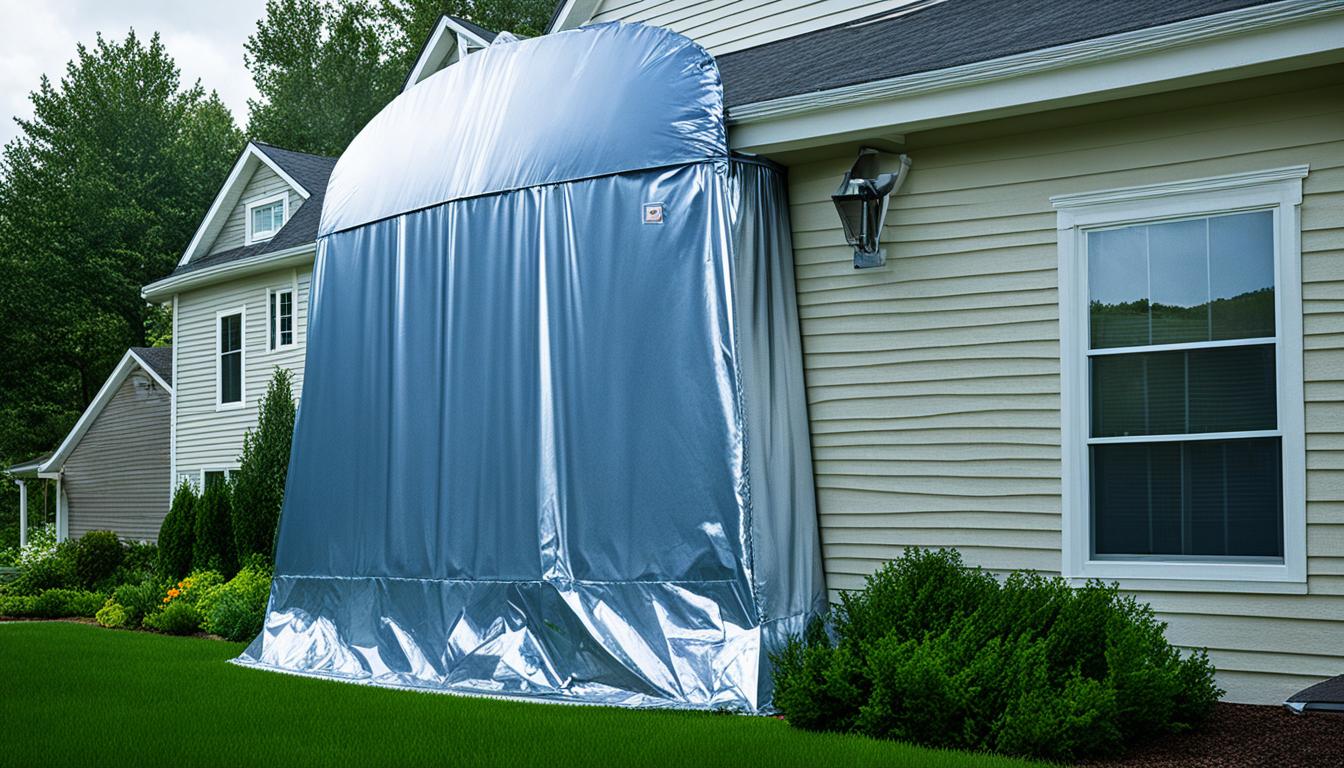Protecting Your Shelter is Essential Understanding of Home Insurance Policies and Coverage
Welcome to our guide on home insurance! As a homeowner, it’s crucial to prioritize the protection of your biggest investment – your home. Home insurance provides the peace of mind and financial security you need in case of unforeseen events. In this article, we’ll help you navigate the complexities of home insurance policies and coverage, ensuring you have the knowledge to safeguard your property effectively.
Whether you’re a first-time homeowner or have owned a property for years, understanding home insurance is essential. From basic coverage for your house to protection for your personal belongings and liability, there are various aspects to consider when choosing the right insurance policy. Additionally, different types of coverage cater to different needs.
In this guide, we’ll explore how to read and understand your home insurance policy, what homeowners insurance typically covers, and the different types of coverage options available. By the end, you’ll be equipped with the knowledge necessary to make informed decisions when it comes to insuring your residential property.
Key Takeaways:
- Home insurance provides financial protection for your home, belongings, and liability.
- Understanding your home insurance policy is crucial to ensure you have the right coverage.
- Property coverage, personal belongings coverage, liability protection, and additional living expenses coverage are common types of homeowners insurance.
- Types of homeowners insurance coverage include actual cash value, replacement cost, and extended replacement cost.
- Regularly review and update your policy to ensure it aligns with your evolving needs.
How to Read and Understand Your Home Insurance Policy
When it comes to protecting your biggest investment, your home, having the right home insurance policy is essential. But understanding the intricacies of your policy can sometimes be overwhelming. That’s why it’s important to know how to read and understand your home insurance policy so that you can make informed decisions and ensure you have adequate coverage.
The key to understanding your policy lies in familiarizing yourself with two important documents: the declarations page and the policy jacket. Let’s take a closer look at each:
The Declarations Page
The declarations page is a summary of the key details of your policy. It provides an overview of the coverage amounts, deductibles, and any endorsements specific to your policy. This page is crucial as it gives you a quick snapshot of the coverage you have and the limits of your policy.
Here are some important elements to look for on your declarations page:
- Coverage amounts for your dwelling, personal property, and other structures
- Details about your deductible, the amount you’re responsible for in the event of a claim
- Endorsements or additional coverages that have been added to your policy
The Policy Jacket
The policy jacket is a more comprehensive document that contains the fine print and details of your insurance policy. It includes the policy language, exclusions, definitions of important terms, and other essential information that may not be covered in the declarations page.
Here’s what you can find in the policy jacket:
- Policy language and definitions: This section outlines the terms and conditions of your policy, as well as definitions of key terms used throughout the document.
- Exclusions: These are the circumstances or situations that are not covered by your policy. It’s important to understand what is excluded to avoid any surprises when you need to make a claim.
- Covered perils: This section includes a list of events or risks that are covered by your policy.
- Claim process: The policy jacket may also outline the steps you need to take when filing a claim and provide details on how the claims process works.
By carefully reading and understanding these documents, you can gain clarity on what your home insurance policy covers, including replacement cost, declarations page, and policy jacket. This knowledge will empower you to utilize your policy effectively in the event of a claim, ensuring you receive the coverage you need.
Remember, if you have any questions or need further clarification, don’t hesitate to reach out to your insurance agent or provider. They will be able to guide you through the policy and address any concerns you may have.
What Does Homeowners Insurance Cover?
Homeowners insurance provides comprehensive coverage for various risks and perils to safeguard your home and belongings. Understanding the different types of coverage available is essential to ensure you have the right level of protection.
Property coverage: This type of coverage protects the physical structure of your home, including detached structures such as garages and sheds. It helps cover the cost of repairing or rebuilding your home in case of damage caused by covered events like fire, vandalism, or severe weather.
Personal belongings coverage: Homeowners insurance also provides coverage for your personal belongings, such as furniture, electronics, clothing, and jewelry. If your possessions are stolen or damaged due to covered events, this coverage helps reimburse you for the loss.
Liability protection: Liability protection is another crucial component of homeowners insurance. It safeguards you from potential lawsuits if someone is injured on your property or if you accidentally cause damage to someone else’s property. This coverage helps cover legal expenses, medical bills, and property repairs or replacements.
Additional living expenses coverage: In the unfortunate event that your home becomes uninhabitable due to a covered event, additional living expenses coverage comes into play. It helps cover the costs of temporary housing, meals, and other necessary expenses while your home is being repaired or rebuilt.
Illustrative Example:
“After a severe storm, Sara’s house was severely damaged. The strong winds blew off a portion of her roof, causing water to leak into her living room. Thankfully, she had comprehensive homeowners insurance that provided property coverage. The insurance company covered the cost of repairing her roof and restoring her home to its original condition. Additionally, Sara’s personal belongings, which were damaged due to water leakage, were also reimbursed under the personal belongings coverage. The liability protection provided by her insurance policy further protected Sara from potential legal and financial consequences in case someone got injured on her property during the storm. The insurance company also assisted Sara in finding temporary accommodation and covering her living expenses while her home was under repair, thanks to the additional living expenses coverage.”
Having a clear understanding of these different types of coverage ensures that you have adequate protection for your property and belongings, as well as financial security in case of unforeseen events.

| Types of Coverage | Protection Provided |
|---|---|
| Property coverage | Physical structure of your home and detached structures |
| Personal belongings coverage | Loss or damage of your possessions |
| Liability protection | Lawsuits for bodily injury or property damage |
| Additional living expenses coverage | Temporary housing and living costs if displaced from home |
Types of Homeowners Insurance Coverage
When it comes to protecting your home, it’s important to understand the different types of homeowners insurance coverage available. Familiarizing yourself with these options will not only help you choose the right policy for your needs but also ensure that you have adequate protection in the event of a loss or damage.
There are three main types of homeowners insurance coverage to consider: actual cash value, replacement cost, and extended replacement cost.
Actual Cash Value Coverage
Actual cash value coverage is a common type of homeowners insurance that provides compensation for your home and personal belongings. However, it deducts depreciation from the value of your property and possessions, which means you may receive less than the original purchase price or current market value if you need to make a claim.
Replacement Cost Coverage
Replacement cost coverage, on the other hand, offers a more comprehensive level of protection. This type of coverage covers the full cost of repair or rebuilding your home and replacing your belongings without factoring in depreciation. With replacement cost coverage, you can recover the amount you actually need to replace your property to its previous condition.
Extended Replacement Cost Coverage
To provide an additional layer of security, extended replacement cost coverage is available. This coverage option offers extra financial protection beyond the policy limit, ensuring that you have enough coverage to account for the increased construction costs that may arise following a loss.
“Understanding the differences between actual cash value, replacement cost, and extended replacement cost coverage is essential when selecting a homeowners insurance policy. It’s important to carefully review and evaluate your options to ensure you have the right level of coverage to protect your investment.”
Now that you have a better understanding of the types of homeowners insurance coverage available, you can make an informed decision when choosing the policy that best suits your needs and budget.
| Type of Coverage | Description |
|---|---|
| Actual Cash Value | Pays for the cost of your home and belongings minus depreciation |
| Replacement Cost | Covers the full cost of repair or rebuilding without deducting for depreciation |
| Extended Replacement Cost | Provides additional coverage beyond the policy limit to account for increased construction costs |

Conclusion
Home insurance is a vital safeguard for homeowners, providing comprehensive coverage for your property, personal belongings, and liability. It is essential to understand the intricacies of your home insurance policy and the various coverage options available to ensure you have the right level of protection. By familiarizing yourself with the details of your policy and collaborating with a trusted insurance agent, you can have peace of mind knowing that your shelter is well-insured.
Reading and interpreting your insurance policy is crucial in order to understand the extent of your coverage. Take the time to review important documents such as the declarations page and policy jacket, as they provide key information about your policy’s coverage amounts, deductibles, and exclusions. By doing so, you can ensure that you are fully aware of what your policy protects and how to make the most of it when you need to make a claim.
Additionally, it is important to consider the different types of coverage available in homeowners insurance policies. From actual cash value coverage to replacement cost and extended replacement cost coverage, each option has its own benefits. By understanding these types of coverage, you can make an informed decision that aligns with your specific needs and budget.
Remember that home insurance isn’t a one-time purchase; it requires regular review and updates to meet your changing circumstances. As your home and personal belongings evolve over time, it’s essential to reassess your coverage to ensure that you have the necessary protection in place. By staying proactive and staying in touch with your insurance agent, you can have confidence that your home insurance policy continues to provide the level of coverage you need.
FAQ
What should I know about my home insurance policy?
It is important to familiarize yourself with the declarations page and policy jacket, which provide key information and details about your policy.
What does homeowners insurance cover?
Homeowners insurance provides coverage for your property’s structure, personal belongings, liability protection, and additional living expenses.
What are the different types of homeowners insurance coverage?
The main types of coverage are actual cash value, replacement cost, and extended replacement cost, each providing different levels of reimbursement for covered events.
How do I read and understand my home insurance policy?
By reading the declarations page and policy jacket, you can gain a clear understanding of your policy’s coverage amounts, deductibles, and exclusions.
How often should I review and update my home insurance policy?
It is recommended to review and update your policy regularly to ensure it continues to meet your changing needs and provides adequate protection for your property.
